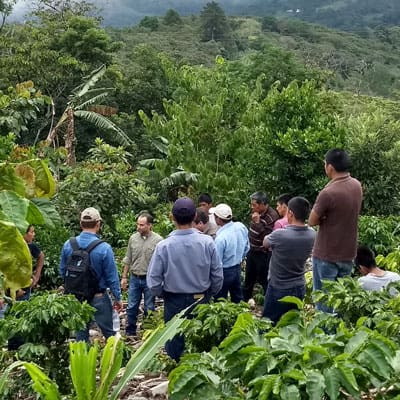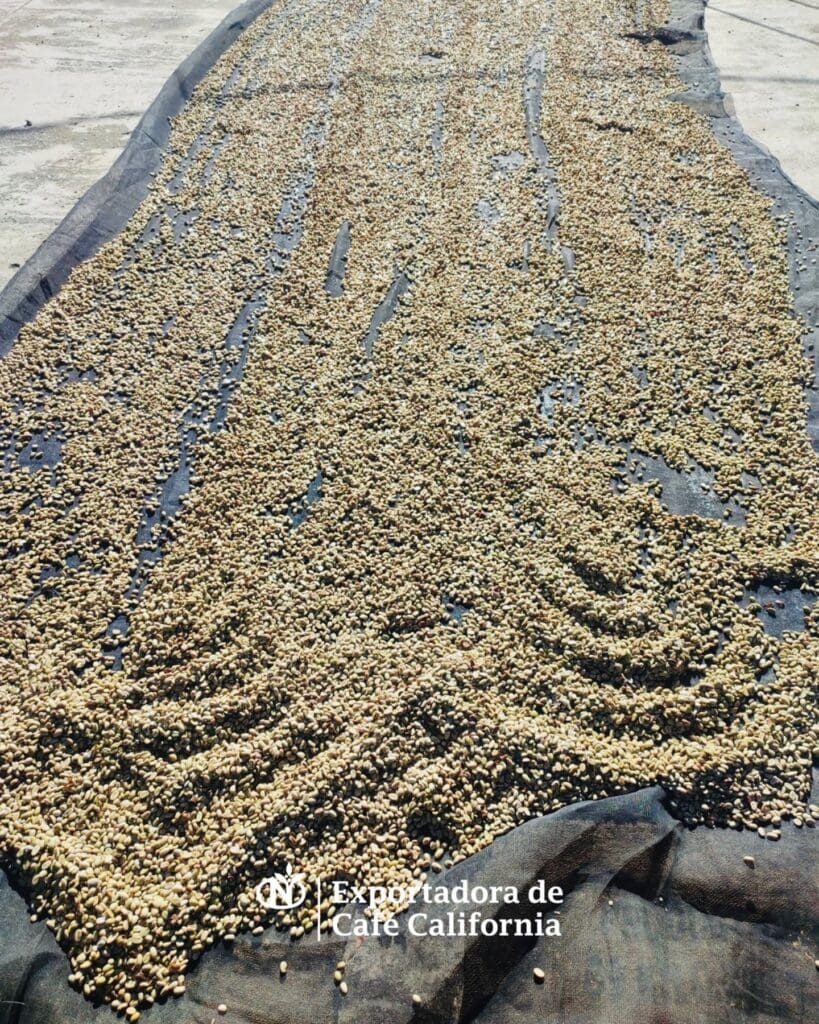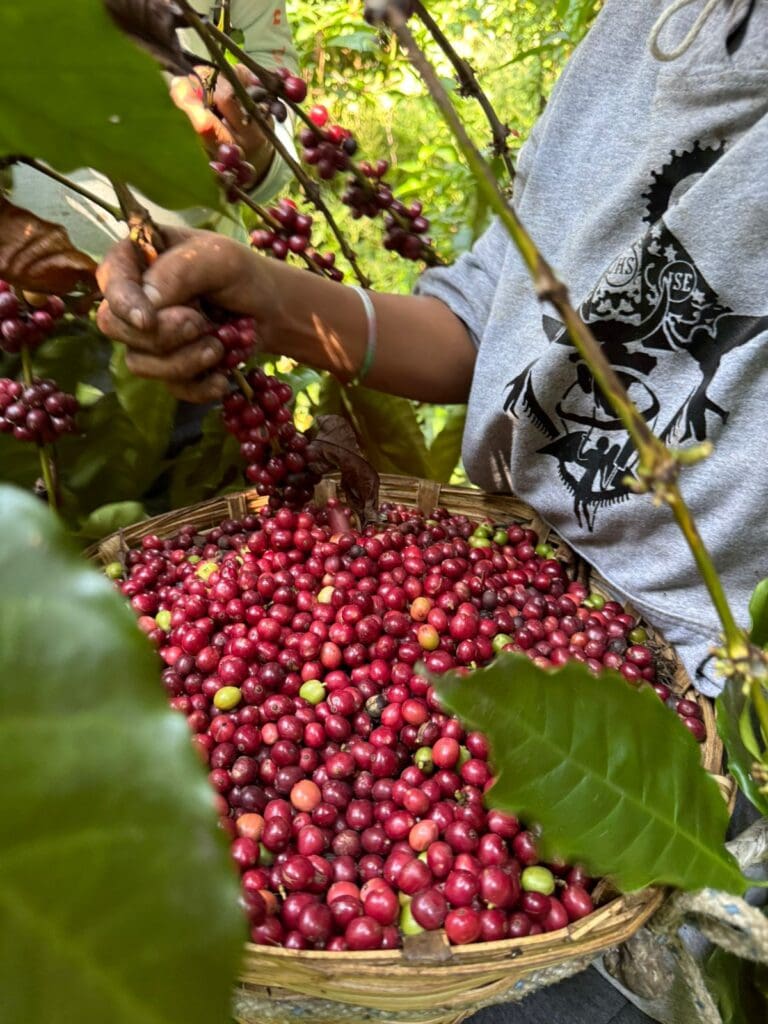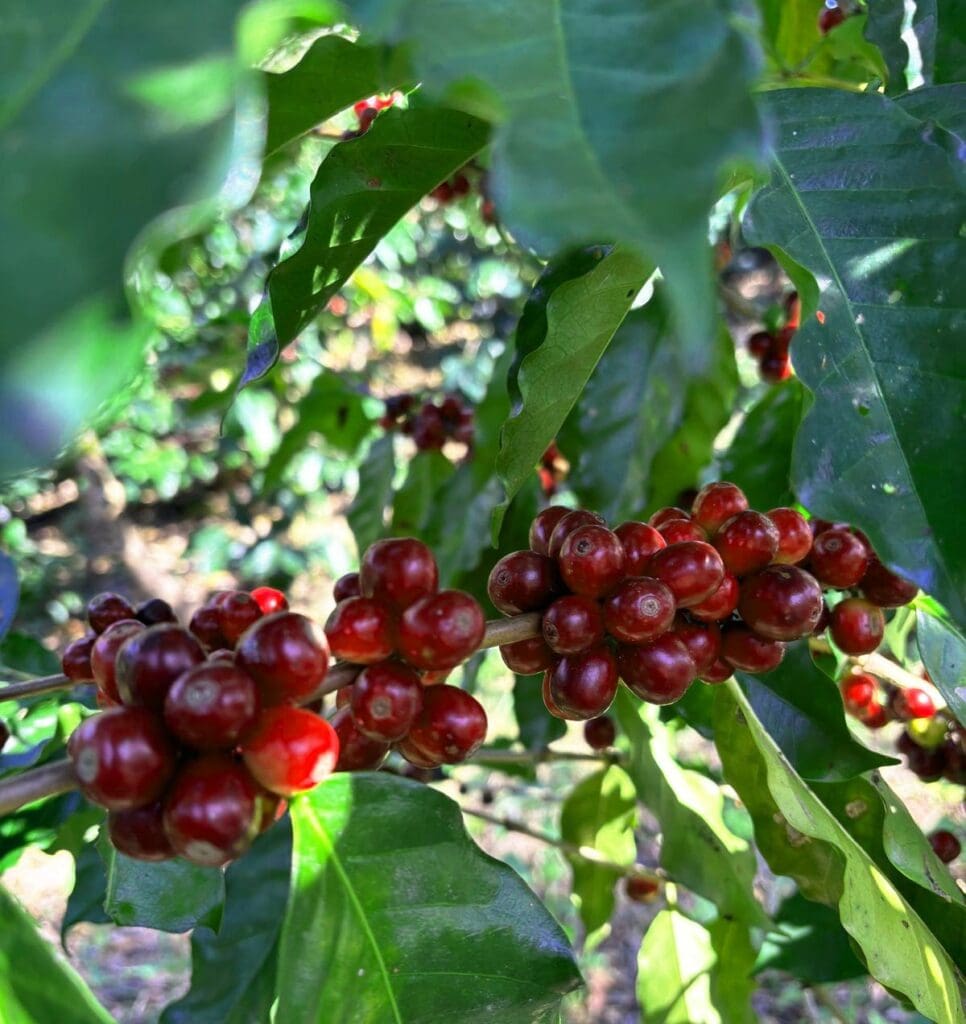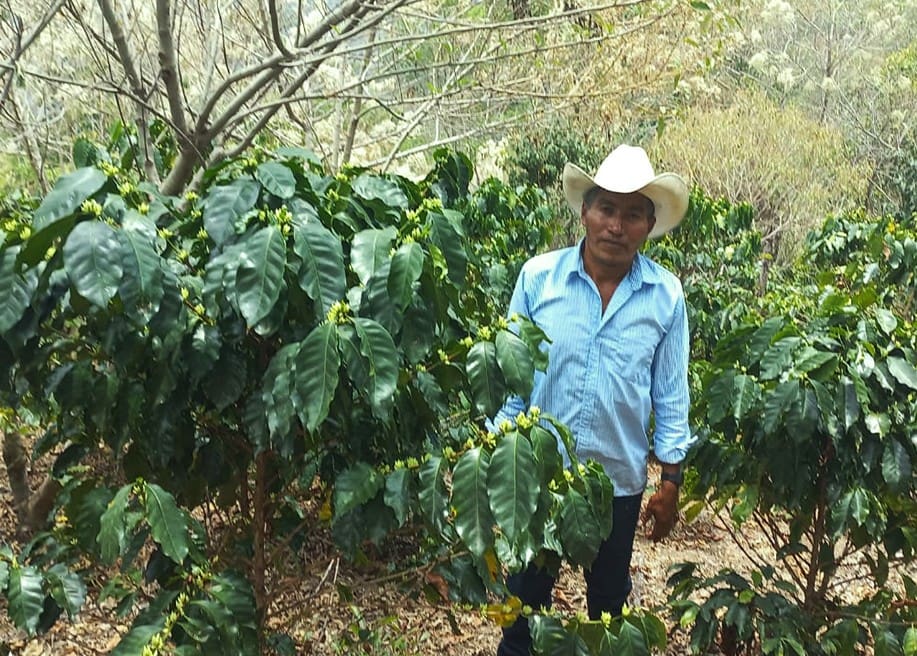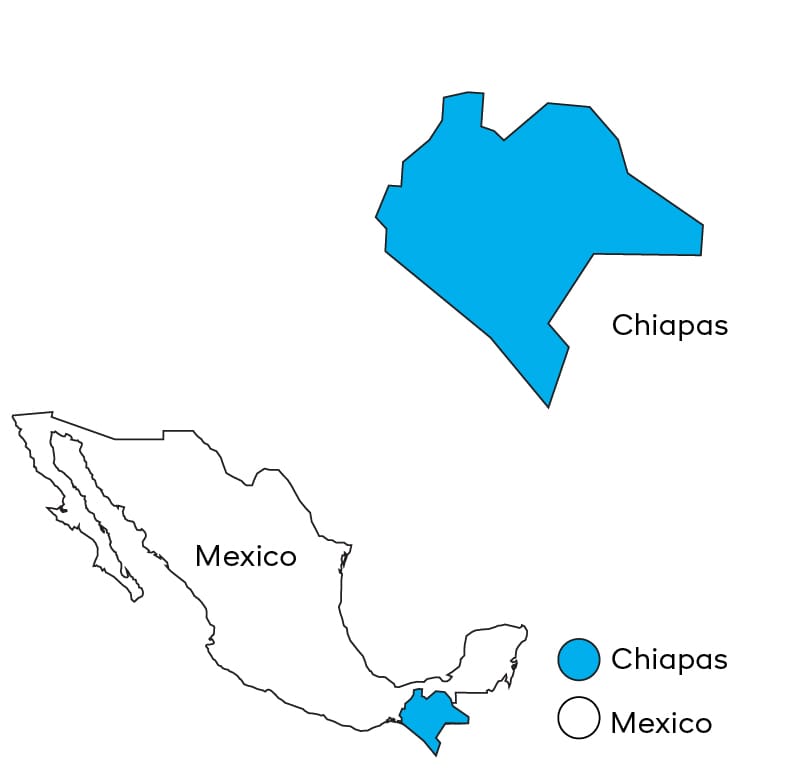What is a Core Coffee?
When it comes to buying green coffee, maintaining consistency in cup profile can be a real challenge for roasters. With so many different flavor profiles and crops that vary due to climate conditions, offering the same coffee to clients and consumers can become
difficult. With that in mind, we developed the Core Coffees program: a curated selection coffees from some of the world’s key origin countries: Brazil, Colombia, Costa Rica, Ethiopia, Perú, México Guatemala and Honduras.
Core Coffees are named after the national tree of each origin, celebrating the culture and natural environment from which they come. Our green coffee buyers carefully select lots that represent the traditional cup characteristics of each country.
The Ciprés was officially declared Mexico’s national tree in 1921. Revered since Aztec times and commonly planted near lakes and canals, it symbolizes endurance, wisdom, and connection to water and community life.
About Ciprés
Sourced from indigenous coffee-producing communities in the Tenejapa region of Chiapas, this lot reflects the distinct identity of Mexican coffee. The region’s high elevations, volcanic soils, and rich cultural heritage shape both the land and its coffee.
Producers cultivate varieties including Caturra, Typica, Costa Rica, and Marsellesa, all processed using washed method to preserve clarity and highlight regional character. Harvested at altitudes between 1,000 and 1,350 meters, the coffee undergoes overnight fermentation before being sun-dried on patios for 12 to 18 days.

